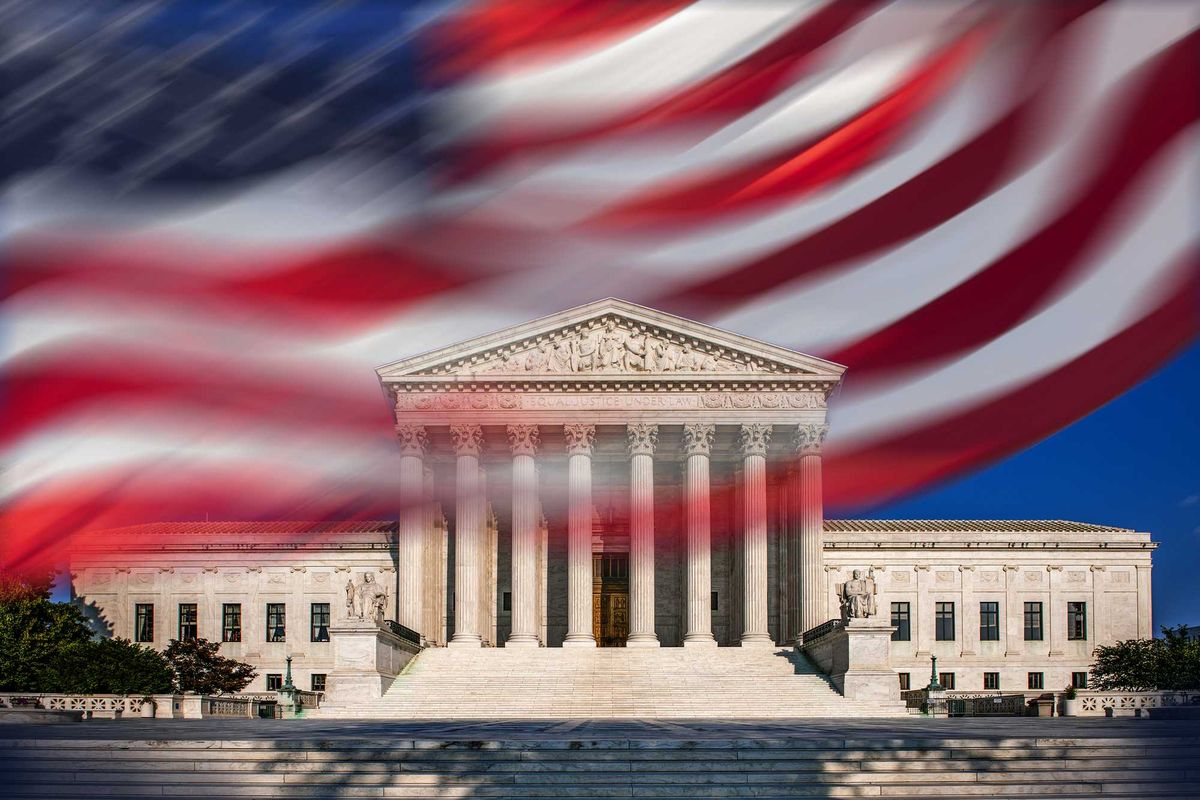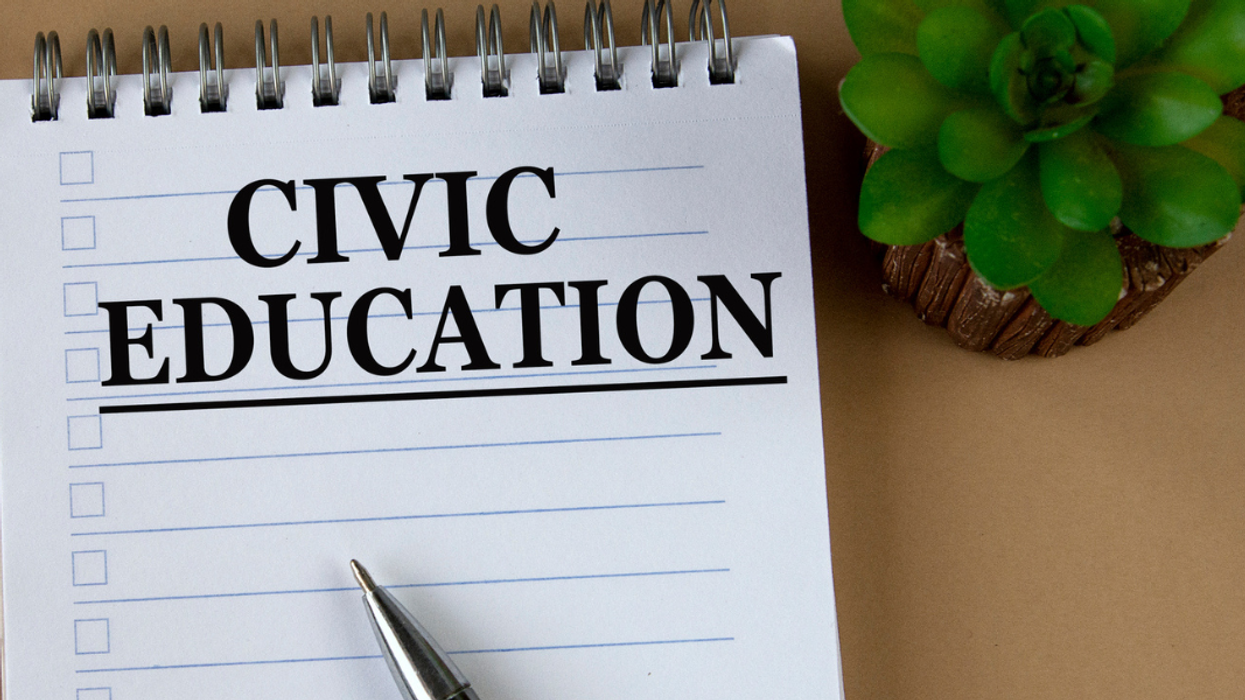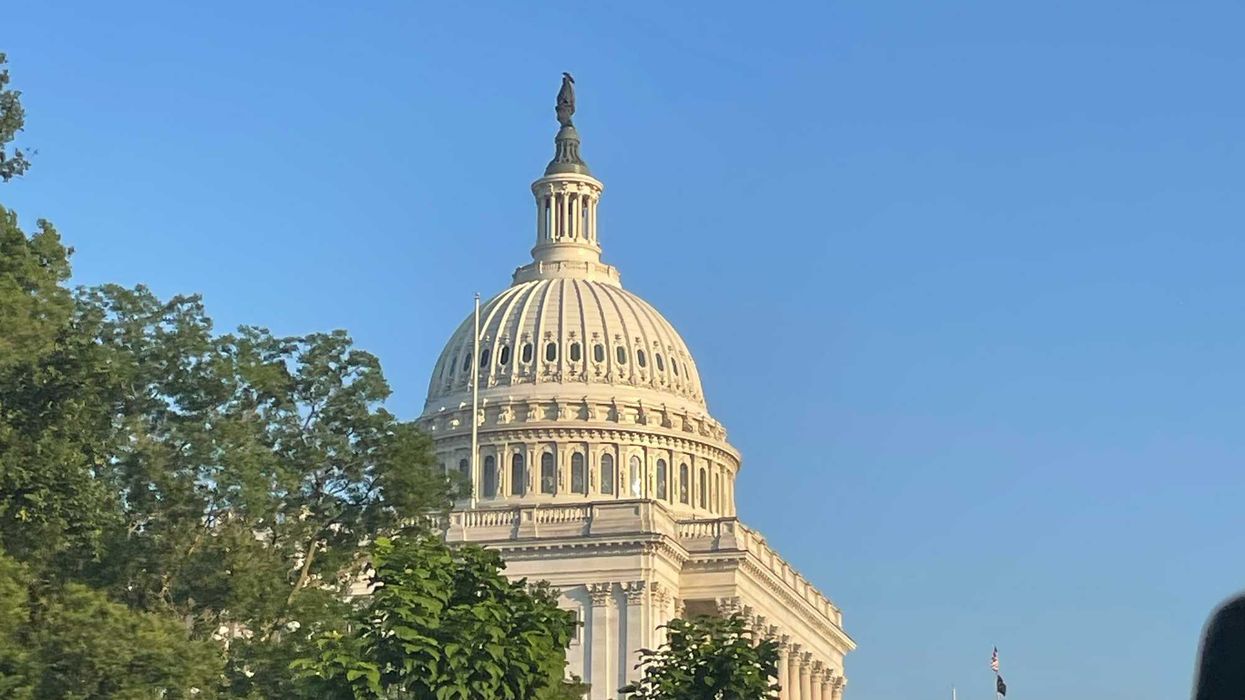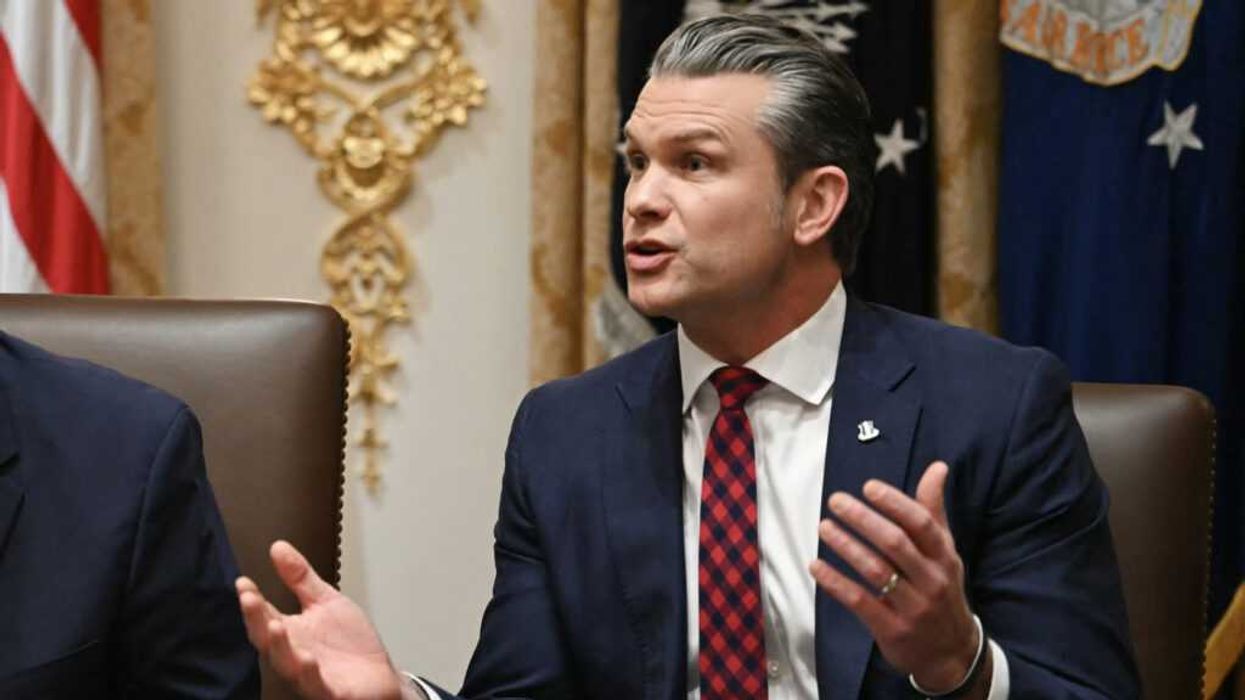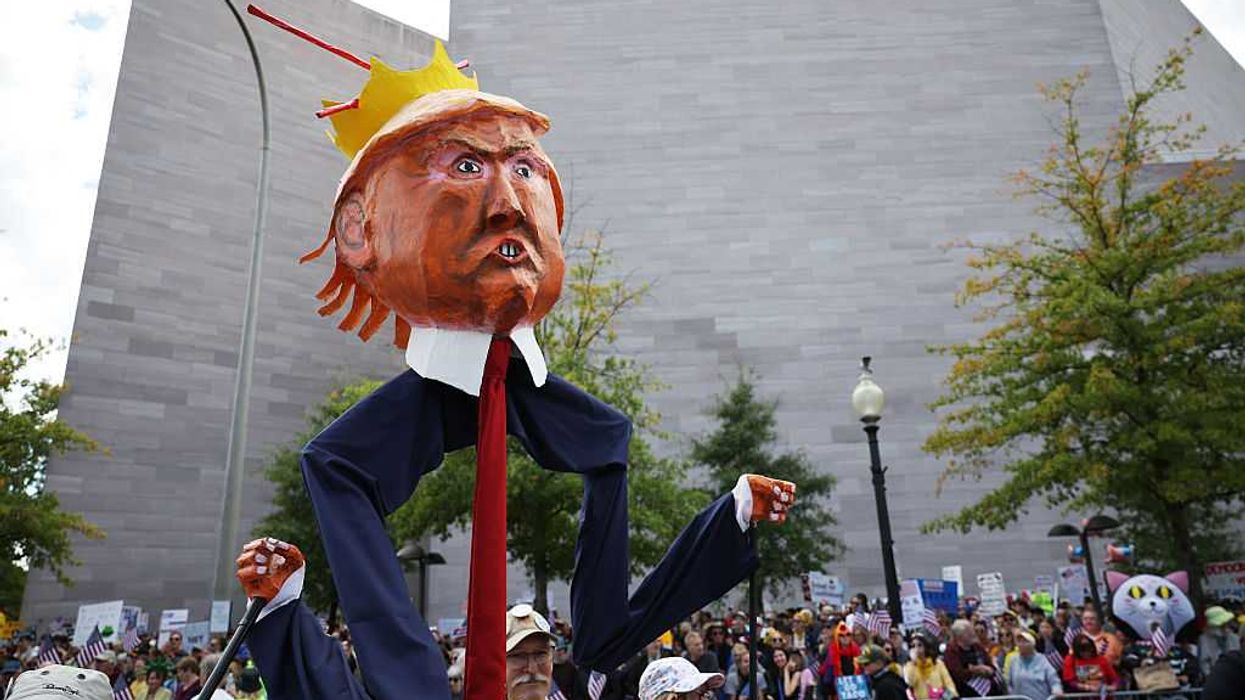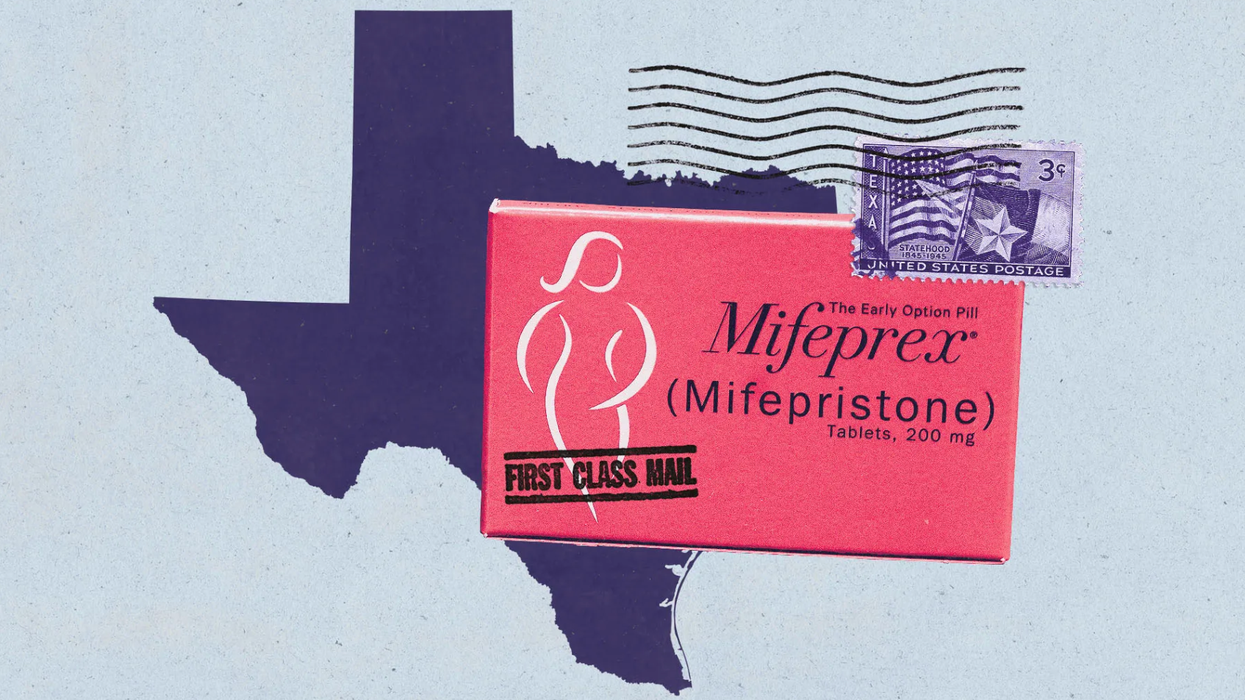Carney is a contributing writer. She also heads The Civic Circle, a member of the CivXNow Coalition.
When civic learning makes the news these days, it’s typically to spotlight contentious book bans, school board shouting matches, and bills to keep allegedly “divisive concepts” like racism out of the classroom.
But scratch below the surface, and the state of civic education in 2023 is arguably on the upswing. An omnibus spending bill passed late last year set aside $23 million in federal funding for civics and history education, triple the $7.75 million allotted the previous fiscal year. Voters of all ideological stripes continue to strongly support civic learning. And state legislatures are backing a new wave of bills that expand rather than restrict civic education, reversing last year’s trend.
To be sure, the new federal civics funding falls far short of the $1 billion proposed in the Civics Secures Democracy Act, a sweeping bipartisan bill to expand civics and history education that was introduced in the previous Congress but failed to advance. That bill, coupled with an education-friendly White House, an upswing in youth activism, and mounting public concerns over the state of democracy, had raised hopes among educators of a “ Sputnik moment ” for civics.
Civics may not be having its moonshot, after all, but educators are still celebrating. Lobbying for the Civics Secures Democracy Act helped set the table for last year’s $23 million increase. The bill’s advocates hope to see it re-introduced, though GOP control of the House now complicates the outlook. In the meantime, they are applauding the first major federal funding boost for civics in decades.
“We’re really excited about it,” says Shawn Healy, senior director of policy and advocacy for iCivics, a national civic education provider that leads the 275-plus member CivXNow Coalition. “We’re going to celebrate it. But we see it as a down payment.”
The new funding includes $20 million in grants for eligible institutions, including nonprofits and colleges and universities, that use “evidence-based practices” to advance civic learning. These include history, government and civics instruction, simulations of democratic practices, service-learning, and media literacy. It’s a step toward bringing civics back in balance with STEM, which until now has received about $50 per student annually, compared with five cents per student for civics.
“The civics field really has been led by nonprofits, providers of curriculum, but it is severely under-resourced and under-staffed,” says Healy. “And that’s a challenge.”
State legislatures are also moving in a more civics-friendly direction, even as controversies continue to simmer over how American history is taught. After GOP Gov. Ron DeSantis assailed The College Board’s new Advanced Placement course in African American studies, the board announced revisions—changes the board maintains were unrelated to political pressure. DeSantis is one of dozens of conservative lawmakers who have advanced bills that clamp down on educators.
Georgia, Florida and Mississippi are among 44 states that, since January of 2021, have introduced legislation or other measures to limit how teachers may discuss racism, sexism, or critical race theory, according to Education Week. Such measures often rely on vaguely-defined terms like “divisive concepts,” and misrepresent critical race theory—a college-level discipline that examines systemic and institutional racism—as something taught to young students.
Still, the tide may be turning. In this state legislative session, iCivics calculates that more than three-quarters (78 percent) of the civics-related bills introduced so far align with the group’s state policy priorities, which include strengthening civic education course requirements, teacher training, and standards. In the previous legislative session, fewer than half the state civic education bills introduced (37 percent) aligned with the iCivics priorities.
Recent state-level wins for civic education include new laws in New Jersey, Oregon and Rhode Island that all impose new civics course requirements at the middle or high school levels. In deep-red Indiana a 2021 law requires at least one semester of civics in middle school, and the creation of a public-private Civic Education Commission. All told, some 16 states have enacted 17 laws in the last two years that strengthen civic education, according to iCivics.
And conservative enthusiasm for bans on learning content may be waning, as political winds shift. The midterm elections saw losses by a string of GOP gubernatorial candidates who had mounted attacks on schools, including in Arizona, Kansas and Wisconsin.
Culture wars focused on education remain popular with some Republicans, of course. But for the vast majority of Americans, civic education is a point of bipartisan agreement. The “history wars” are “often being fought against imaginary enemies,” notes More in Common in a December report on the topic.
While civic education disputes tend to be stoked by a handful of players at the margins, the report found, “Americans of all political orientations want their children to learn a history that celebrates our strengths and also examines our failures.” That doesn’t mean the “history wars” are over. But it may mean that voters, at least, would rather invest in civic education than fight over it.


